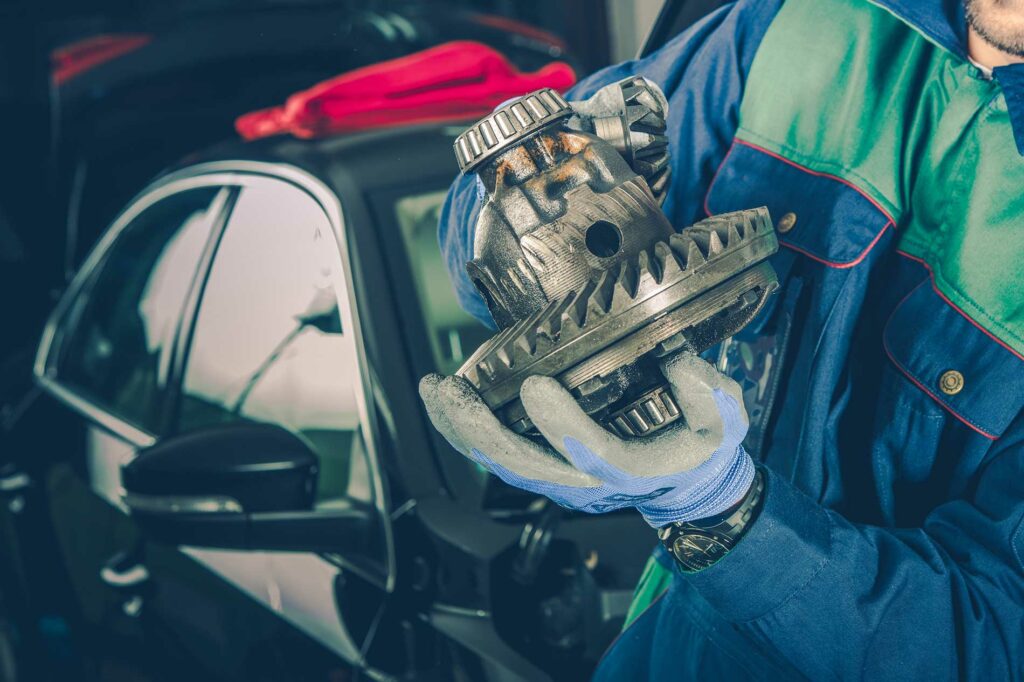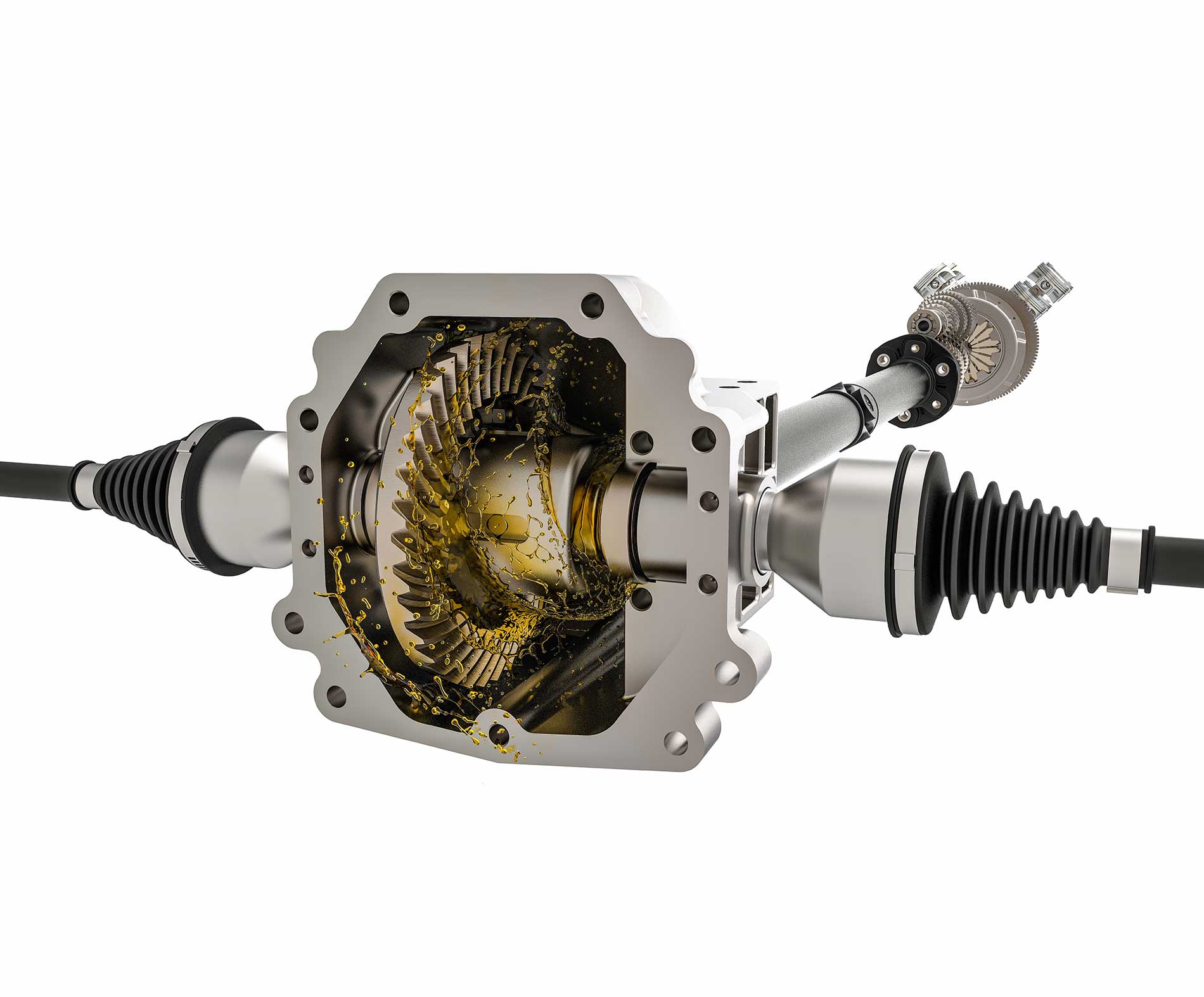As a driver, it’s important to understand the basics of how your vehicle works, and one of the most important components is your vehicle’s differential. This component is part of the transmission system and helps to ensure that the drive wheels on the same axle rotate at different speeds when turning. It’s located in the transmission assembly for front-wheel drive vehicles or between the rear wheels for rear-wheel drive vehicles. Let’s take a closer look at what a differential is and how it works.
What Is a Differential?
A differential transfers power from your engine to each wheel so that they all move at different speeds when you turn. The wheel on the outside must travel faster than those on the inside to make this happen, which is why having an efficient differential is essential for safe driving in Kamloops BC. There are four main types of differentials, including open, locking, torque-vectoring, and limited-slip differentials.
Open Differential
An open differential functions similarly to two gears connected by a chain; as one gear rotates faster than the other, both will move at different speeds depending on their individual speed. This type of differential is most commonly found in front-wheel drive vehicles due to its cost efficiency. It works well but has some drawbacks; because it has no way of limiting slippage between two driven wheels, it can cause traction problems when driving off road or on slippery surfaces like ice or snow.

Locking Differential
The locking differential utilizes a complex set of gears that allow each wheel to rotate independently while maintaining equal torque on each side. This provides great traction in off road conditions as well as improved handling in everyday driving situations like tight corners and wet roads. However, this type of differential does not provide much benefit when driving straight since both wheels are locked together with equal torque applied to them at all times.
Torque-Vectoring Differential
The torque-vectoring differential uses electronic sensors to detect which wheel needs more power during cornering or acceleration and then sends more power towards that wheel while reducing power to the other side simultaneously. This allows the car to handle tighter turns with greater precision while also providing better acceleration out of turns compared to an open or locking differential setup. It is important to note that this type of differential requires more maintenance than other types due to its complexity.
Slip Differential
A limited-slip differential also uses electronic sensors but instead limits how much traction each driven wheel can have before slipping occurs by using clutch packs or helical gears inside its casing. This makes it ideal for off road use as well as everyday driving conditions where traction might be compromised due to wet roads or uneven surfaces like gravel roads or dirt paths. However, this type of differential requires more maintenance than other types due to its complexity and higher cost compared to open differentials.
Contact Us
For more information, please see our Auto Services page.
For automobile repairs and maintenance you can trust, call Autopro Alignment & Maintenance.
Also from our blog: 3 Tips for Keeping Your Car in Good Running Order

